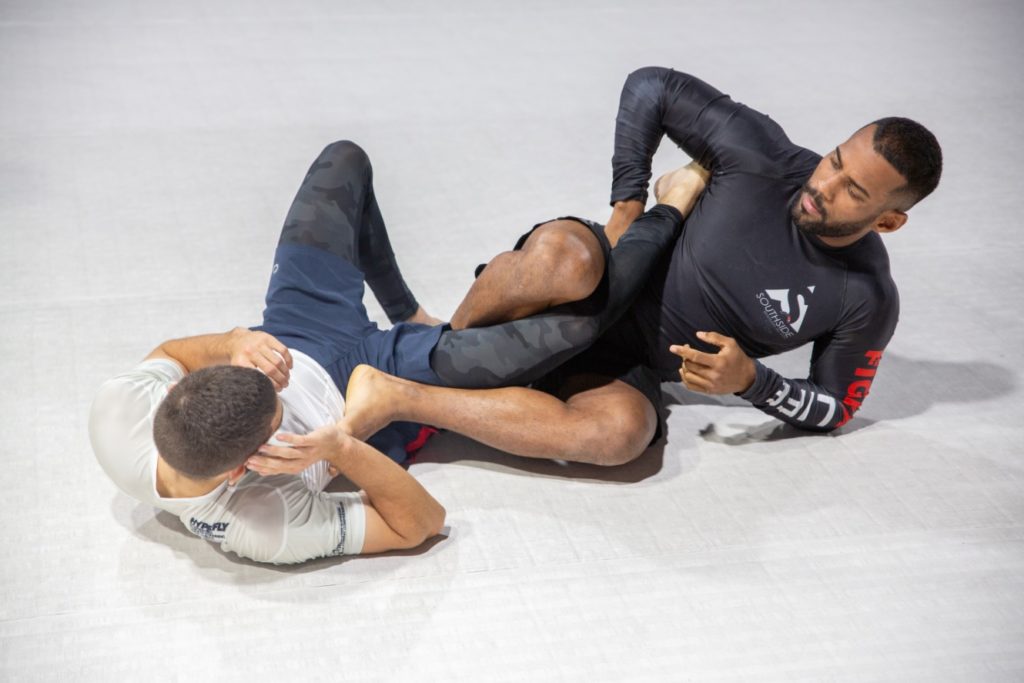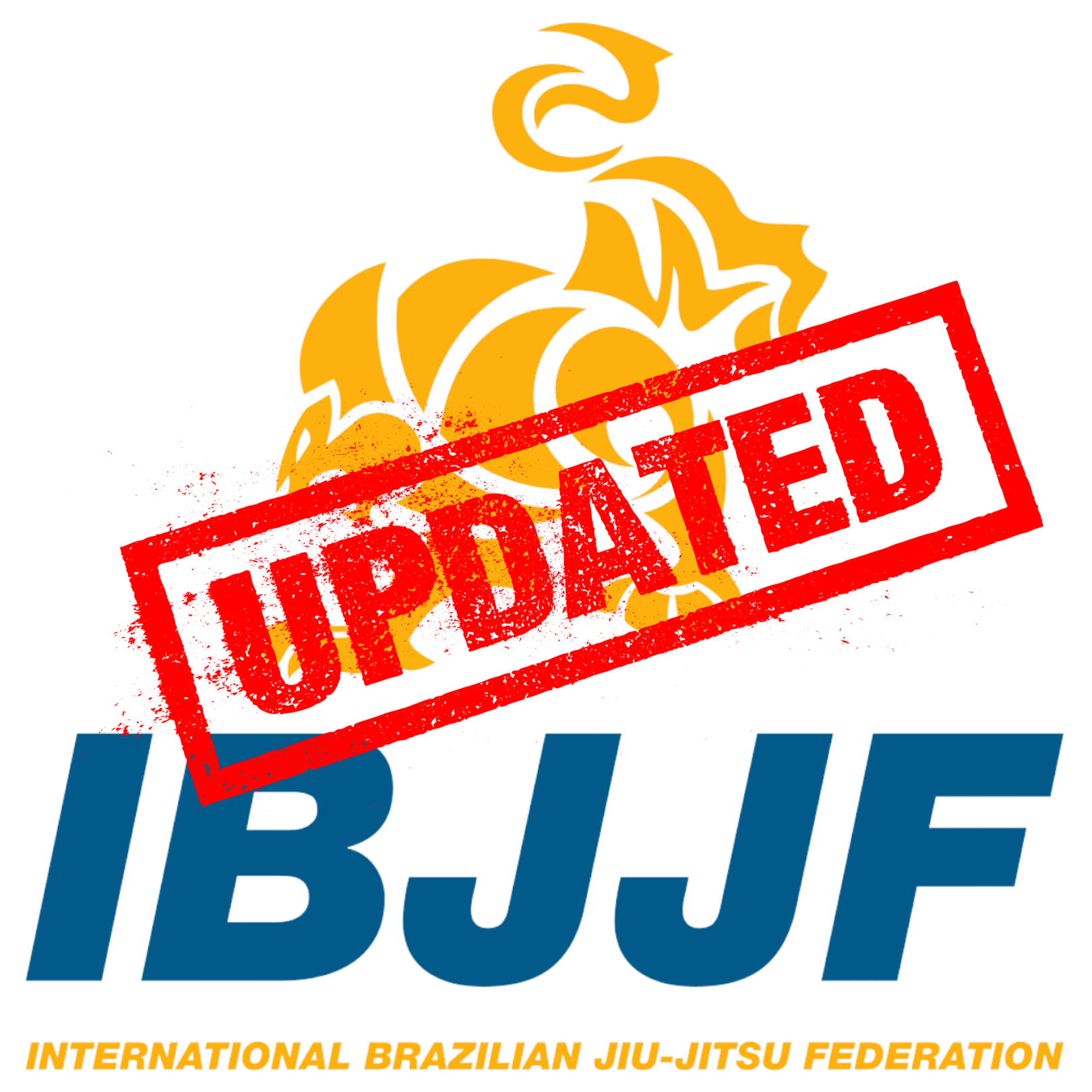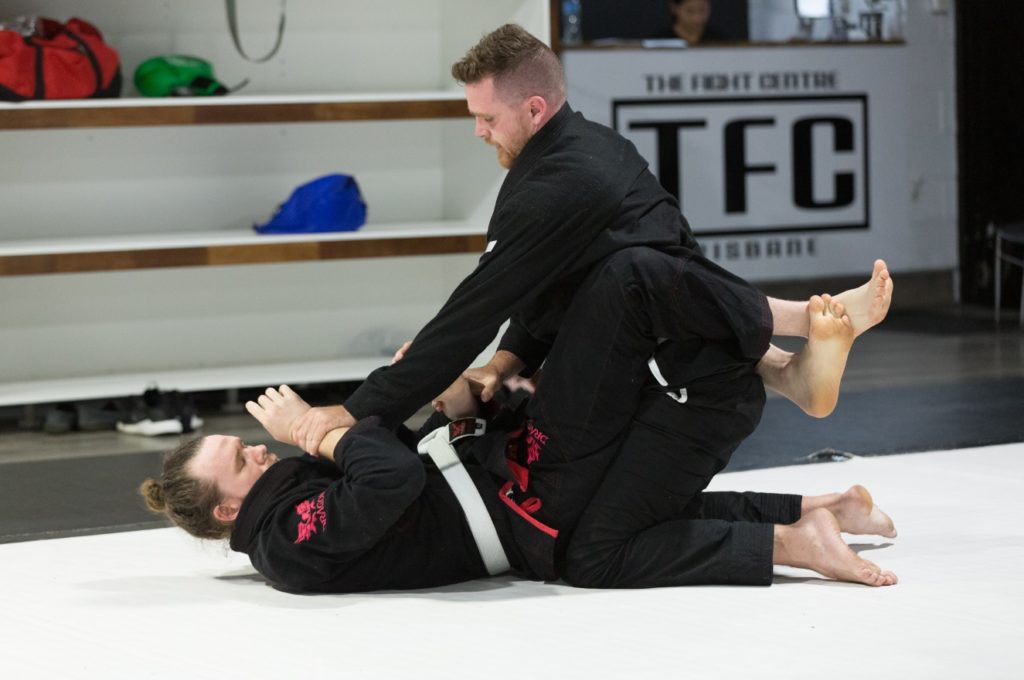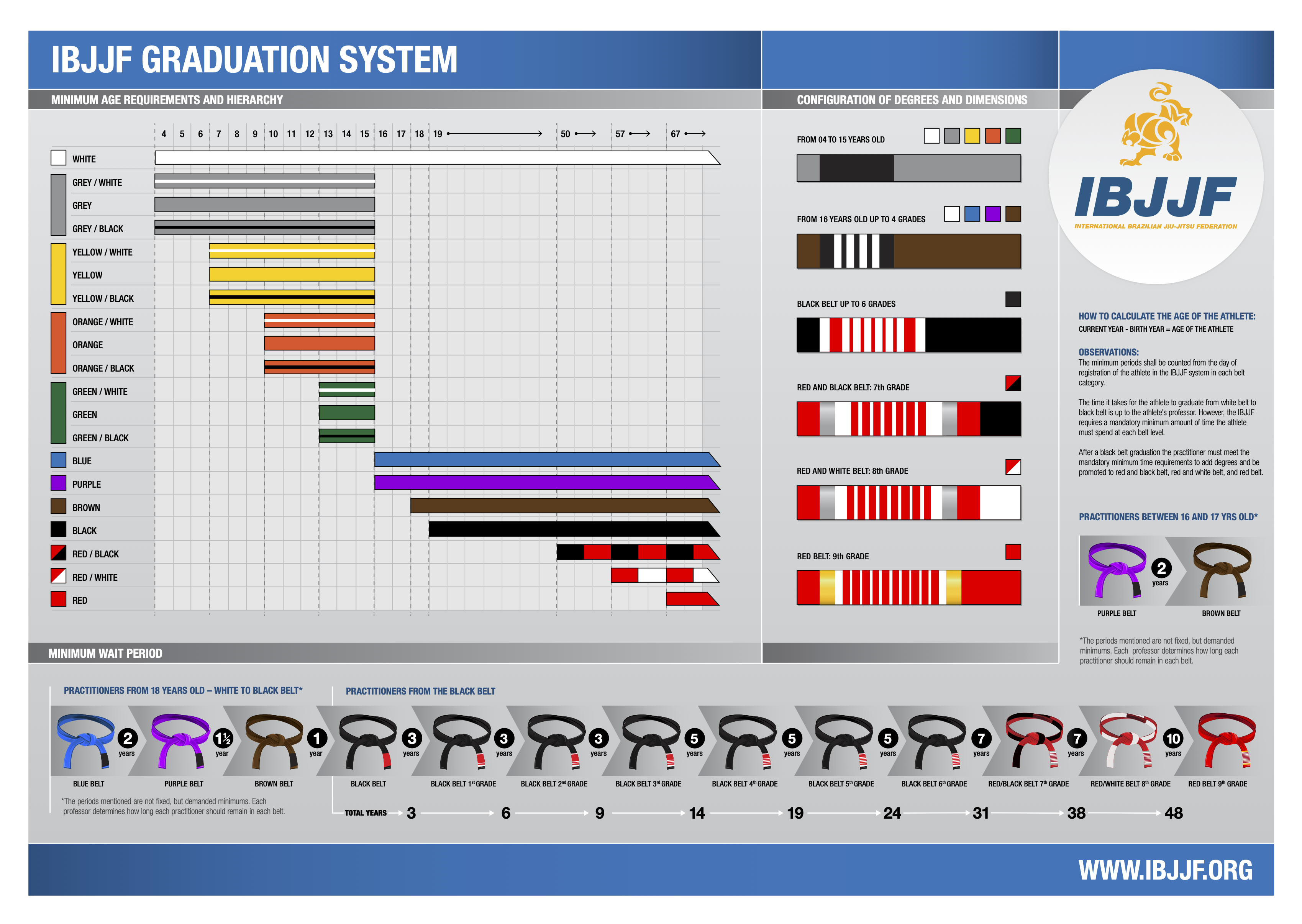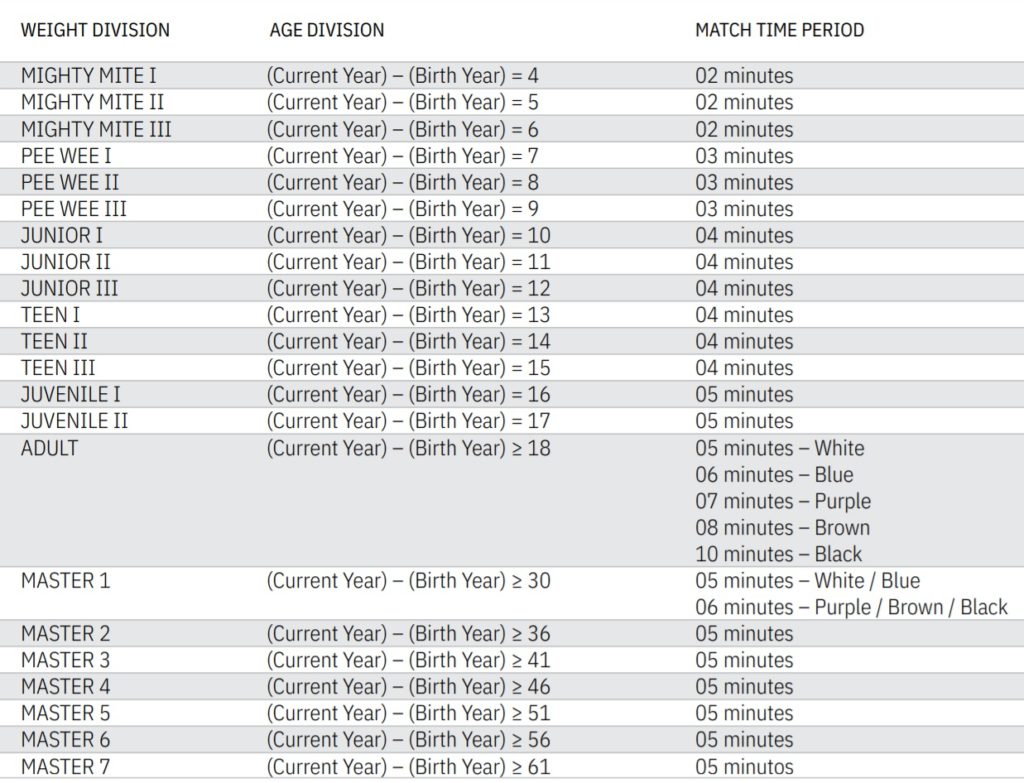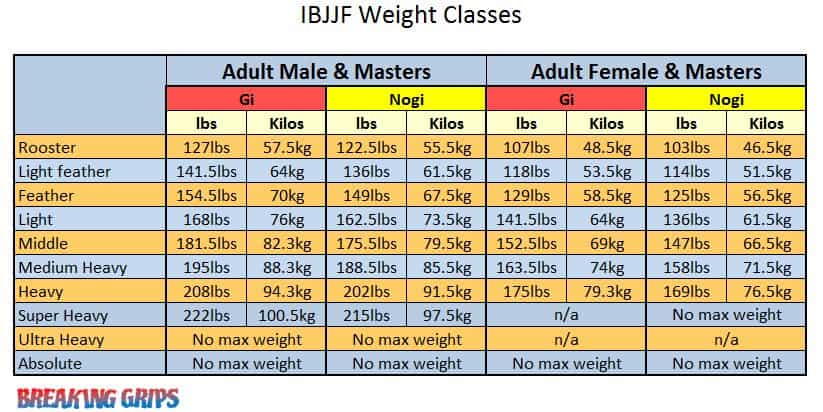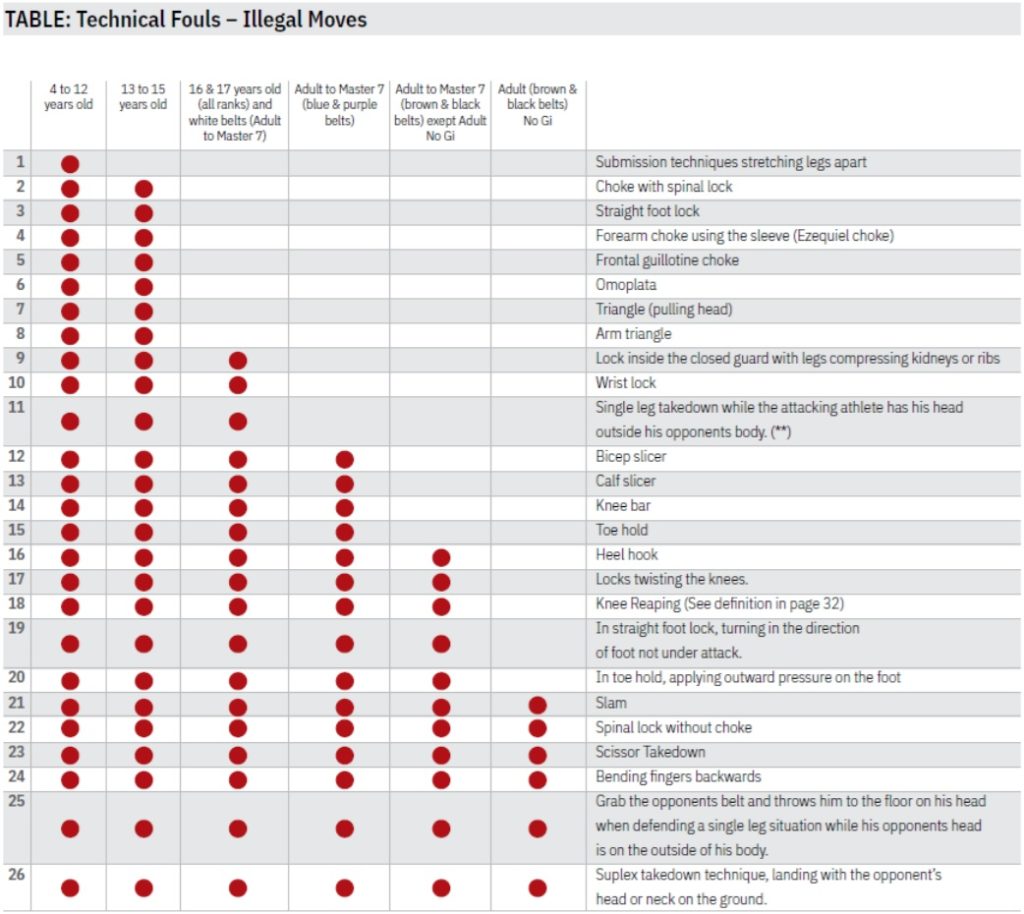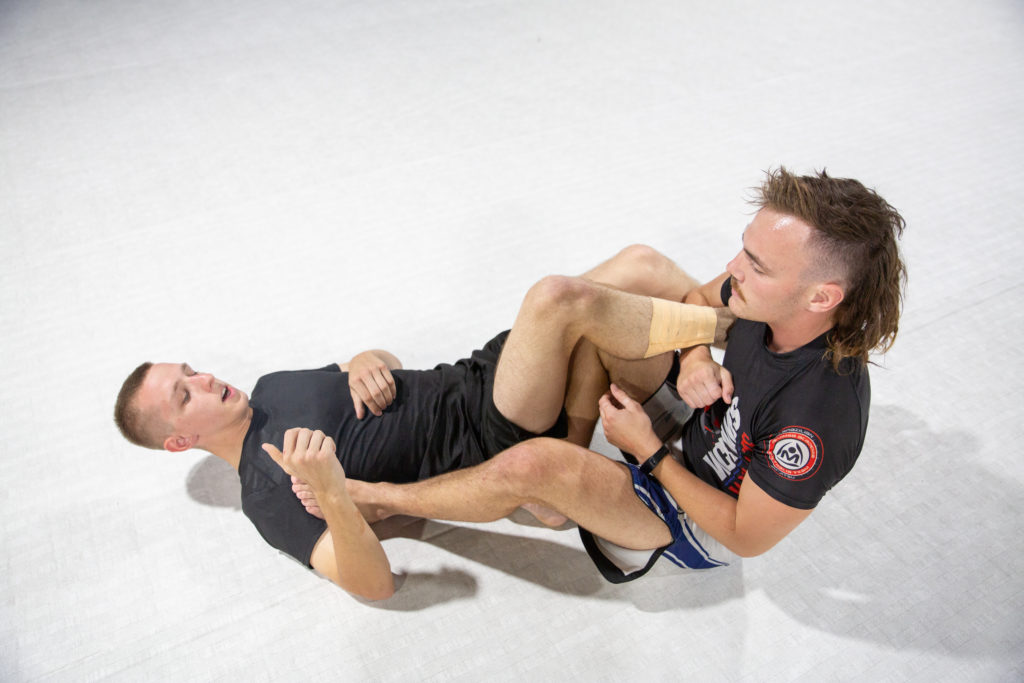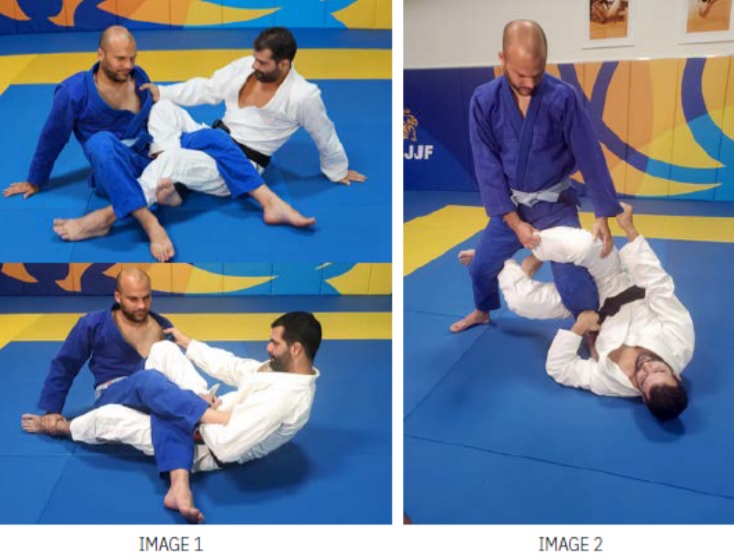Upcoming Events
No event available, please check back again, thank you.
Latest Articles
What Are the IBJJF Rules in Competition? (2021 Update)
12 July 2021
(ATTENTION: If you’re looking for the 2021 update of the IBJJF rules, you can find it at the bottom of this article.)
People try out BJJ for different reasons. Some do it because it’s fun. Others do it to get fit. Some learn it for self-defense. Whatever our driving force may be, training day in and day out will eventually get us to the point when signing up for a BJJ comp becomes an option. Whether or not you aim to compete, knowing the IBJJF rules can help keep you (and your partner) safe from injury.
Some people prefer to train and improve without entering the competitive side of BJJ. And that’s absolutely fine! But if you’re looking to grow into greater heights with your grappling skills, competing is the way to go.
Here’s the most important thing you need to know about competitive BJJ. There’s no unified ruleset that applies across all organizations. What’s legal in one comp may be illegal in another. What puts you at an advantage in one may get points docked from you in another.
So if you’re looking to compete, you need at least a basic understanding of these different rulesets. There are quite a number of them. In this article, we’ll go over the biggest BJJ comp rulesets in detail, with focus on IBJJF rules. We’ll also explore other popular ones you’re most likely to encounter.
-
IBJJF Rules
The International Brazilian Jiu Jitsu Federation (IBJJF) Rules is one of the safest rule sets in competitive BJJ, so it should be the first choice for white belts looking to get their feet wet in a BJJ comp. Most Gi competitions make use of the extremely detailed IBJJF guidelines. This organization also does No-Gi tournaments, though going with the same set of rules.
What’s the difference?
-
Gi vs No-Gi
The main difference between Gi and No-Gi BJJ is the clothing aspect. Gi refers to the traditional BJJ uniform. It includes a heavy cotton jacket, reinforced drawstring pants, and a colored belt signifying rank.
You can wear gi of any color during training, but under IBJJF rules, competition gi is typically restricted to three colors: white, black, and royal blue. The whole ensemble must be uniform in color, and there are only specific areas where you can affix patches and sponsor logos. Sleeves and pants, at most, must end 5cm from the wrists and ankles.
Female competitors typically wear skin-tight clothing under the gi for the sake of propriety. And it’s legal, as long as the sleeves and legs are shorter than the Gi. However, IBJJF rules restrict men from wearing anything under their gi.
As for No-Gi, both genders compete wearing skin-tight shirts long enough to tuck into the waistband of the shorts or spats. Men wear shorts without attachments that may hinder a match. Women have the freedom to pick between fight shorts, compression shorts, and spats (or compression leggings) as long as they are free of the same attachments.
What are these attachments? Some examples are buttons, zippers, pockets, and exposed drawstrings, but it can be anything made of plastic or metal on the shorts that can snag on the clothes and skin.
No-Gi gear must be black, white, black and white, or the color of your belt rank.
-
IBJJF Belt Ranking System
We’ve mentioned in this article that BJJ is one of the few martial arts to have preserved the prestige of their belt ranking system—but why, exactly?
As IBJJF is an organization that values structure, it only makes sense that its belt ranking system is stricter than most. Belt promotions consider three criteria:
- Skill
- Age
- Residency
There are different belt systems for kids and for adults (⋝16 years old). You can get a more detailed explanation in this article. But to provide a point of reference, here’s a quick infographic on the IBJJF belt system for adults.
Image grabbed from IBJJF.com.
This infographic indicates the minimum age for each belt rank and the minimum duration of residency before a practitioner can level up to the next rank. What this image doesn’t depict is that blue belts don’t strictly have to stay at blue for two years, especially if they graduated from the kids’ belt ranking system.
-
IBJJF Age Categories
Being in a certain belt rank doesn’t automatically mean that you can go against anyone with the same rank. Competitors are further divided into age categories.
Younger practitioners transition into the adult belt system at 16 years old. However, it doesn’t mean that they can enter the adult competition division until they are 18. Instead, they compete in specific subcategories: Juvenile I for 16-year-olds and Juvenile II for 17-year-olds.
Adult and master categories have minimum qualifying ages, but there’s no max to them. It’s up to the practitioners whether they want to compete in one category or the other.
-
IBJJF Weight Categories
To level the playing field in a controlled scenario, competitors in the same age category and belt rank are further divided according to weight.
Gi competitors are required to weigh in wearing their full BJJ comp gear. In consideration of that, there are different weight requirements for Gi and No-Gi competitions. If you’re competing in Gi, you must be aware of your own weight plus the weight of your gear. IBJJF competitions are strict with their weight categories, so anything over the specified weight will result in an automatic disqualification.
Image grabbed from Breaking Grips.
Competitors who have won gold in their respective categories get a ticket (figuratively) for the absolute division. This division features matches between top competitors from different weight categories. Bigger players tend to dominate these absolute matches. Seeing them match up against their lighter counterparts, however, make for fascinating spectacles.
-
IBJJF Point System
The IBJJF rules emphasizes the importance of positional dominance, awarding points for specific positions. It allows a limited time for each match, starting at five minutes for white belts and going up to ten minutes for black belts in the adult division. During that time, judges award points for certain techniques and positions. You can get:
- 2 points for takedowns, sweeps, and getting the knee on belly position,
- 3 points for passing guard, and
- 4 points for mounts and back mounts.
Judges award points only if the players can keep the position for at least three seconds.
-
Negative Points or Penalties
There are some instances when a competitor may receive negative points. The most important things you need to note to avoid penalty are the following:
- Never place four fingers inside the pants or sleeves
- Avoid stalling tactics—the referee will most definitely notice, and you’ll get penalized after three warnings.
There are also other conditions that may earn you penalties, such as restricted attacks. The list of illegal moves is pretty extensive but tapers down as your rank goes up.
In the event that nobody has completed a submission in the allotted time frame, the point system comes into play to identify the winner. Unsurprisingly, the result is that the IBJJF is no stranger to stalling tactics from players trying to win through points. It’s an inevitable consequence of the point system.
(It’s not ideal, but the alternative is hours upon hours upon hours of rolling and waiting for someone to score a submission. There is a reason why submission-only tournaments are strictly invitational. It’s safe to assume that a big part of it is to limit the number of players and keep the event duration within a reasonable timeframe.)
-
Advantage Points
If nobody completes a submission or scores any points during a match, advantage points come into play as a last resort. Advantage points (also called advantages) go to players who almost scored. An example is if you got into a position but couldn’t hold it for three seconds, or you couldn’t take someone down, but they were visibly unbalanced.
That said, it is important to remember that advantage points only apply when nobody scores. It doesn’t matter if your opponent has countless advantages. If you score even just one point, you still win.
-
Restricted Techniques
Below is a table of illegal moves per category in IBJJF rules for your reference. Keep in mind that according to the IBJJF official website, these are only “examples of prohibited techniques and do not represent the full array of prohibited technical situations and variations.”
If you read between the lines, the extensive rulebook also means that high-level competitors who want to get more extreme find it a bit restrictive. As a beginner, though, you shouldn’t have to worry too much about it.
Now that we’ve discussed the rules of the biggest BJJ organization in detail, let’s go over a few other prominent BJJ comp rulesets.
-
ADCC Rules
Both the IBJJF and ADCC (Abu Dhabi Combat Club) use a point system, though ADCC rules are exclusively No-Gi. ADCC rules are also more lenient, and the extra element of risk makes for more intense matches and greater audience impact.
ADCC is the biggest mix of EBI (submission-only) and IBJJF-style grapplers. The judges only start counting points past a certain timeframe. As a result, submission-inclined grapplers are keen to get to work early in the match. Once the judges start counting points, it’s the IBJJF-style grapplers’ time to shine.
Similar to IBJJF rules, ADCC awards points for certain positions and awards negative points as penalties.
There are no rules against beginners competing in ADCC. However, its structure makes it unlikely for beginners to qualify anyway. There are fewer categories and limited slots per division, so only the top contenders in the qualifiers can compete in it. But anyone can sign up for the trials, so don’t let that stop you.
-
EBI Rules
The most striking distinction between EBI (Eddie Bravo Invitational) and other prominent BJJ comp rulesets is that EBI doesn’t employ any point system at all. That eliminates the tendency of stalling to win through points or advantages.
What is the EBI ruleset? It’s pretty simple. Ten-minute rounds. No points. No advantages. All submissions are legal. EBI also is the first submission-only competition to offer legitimately impressive prize money for submissions.
With minimal restrictions and cash prizes on the line, EBI-style grapplers demonstrate a ferociousness that makes for action-packed matches.
All said, what really sets EBI apart from other BJJ comp rules is its overtime rounds. Since there must be a winner, but there aren’t any points, there must be an alternative for when the players fail to complete a submission during regulation time. EBI overtime rounds allow both competitors the chance to attack and defend in turn, until one of them completes a submission and claims the title of victor.
-
Join the Team
If you’re looking to compete, then you must first train to prepare yourself for your first BJJ comp. The Fight Centre–Brisbane is home to world-quality BJJ coaches that can help you achieve greater heights. Sign up for our free introductory classes if you’re interested in giving them a try.
-
IBJJF Rules Update 2021
The COVID-19 indefinitely suspended BJJ across the world, but with the release of vaccines against the virus, things are slowly going back to normal. In light of that, the IBJJF updated its rulebook, effective in 2021.
So… what changed?
1. If your opponent deliberately leaves (i.e. runs away from) the fight area to prevent you from scoring, you get two points and the opponent receives a penalty.
2. Knee reaping now scores points.
3. If an athlete stands up from a seated position and causes an illegal position (as illustrated in figure 2), the referee steps in.
By standing up, the player in blue gets his left leg trapped in an illegal position. The referee must then stop the fight and reposition the two. The athlete in white is moved to a sitting position, while the one in blue standing at sufficient distance to allow new grips. The round then resumes.
4. If the position in image 2 happens after a sweep, the referee must wait three seconds to define the stabilization. Afterwards, he stops the fight and awards two points to the player on top. Lastly, he repositions the athletes (as described in item 3) and resumes the match.
5. If items #3 and #4 happen in a Brown or a Black-level fight, the referee should not interrupt the fight.
